Clapham South underground shelter
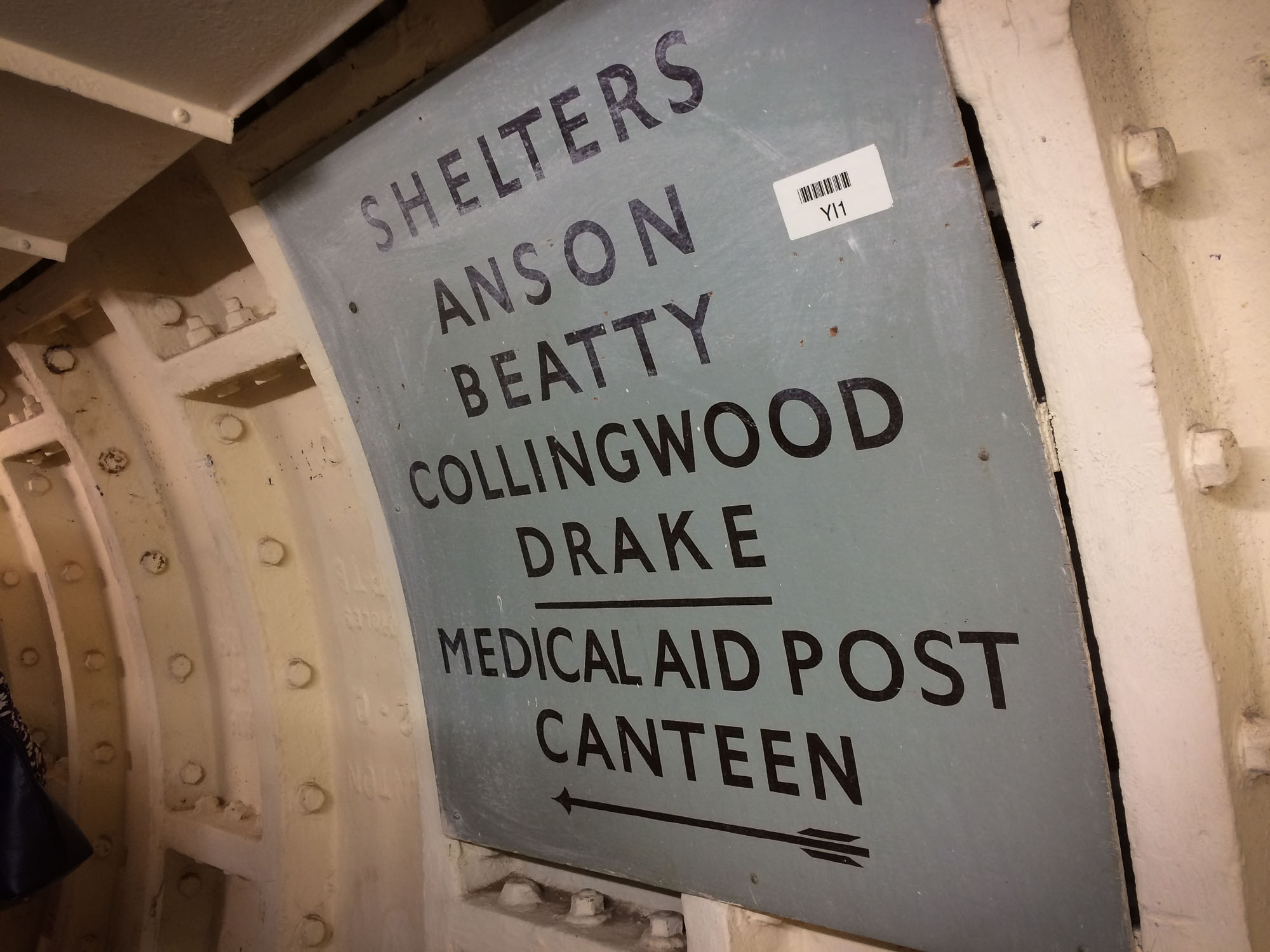
This shouldn’t come as a surprise - London is full of hidden underground history. Clapham South is one of these slices of history. Situated about 10 meters under the tube station with the same name, built in 1942 to provide shelter from the German bombs. Generally these sort of places are also hidden from the public. Once a year TfL arranges guided tours to a selected locations in London. One of them is often twin station of Charing Cross, stuck somewhere in 1990s. Another one is Clapham South.
Westminster on expired 35mm Svema film
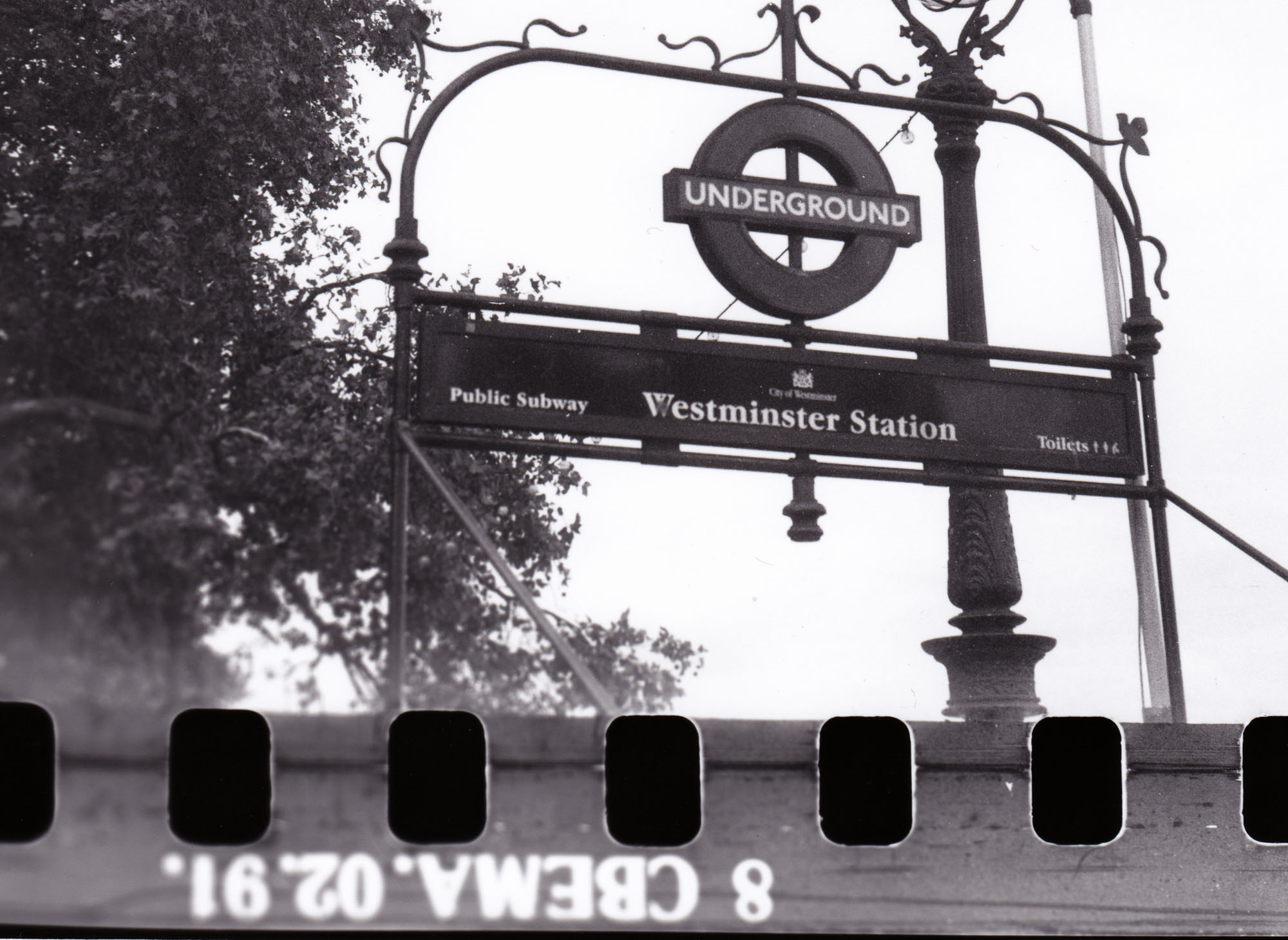
Svema film is a curious unicorn. It used to be the film of my childhood - pretty much the only available film for photography in Soviet Russia. It was not great, but it was local, available and widely popular. It is also discontinued and no longer produced. But thanks to the miracle of Ebay, you can still find some expired stashes of hobbyists selling rolls of Svema.
Few challenges apply. Firstly, the film is provided as a roll without a cassette. That’s how it always used to be. Cassette is reusable, and you are expected to load it with the film yourself. Again, thanks to Ebay, 35mm film cassettes are still available for a very modest price.
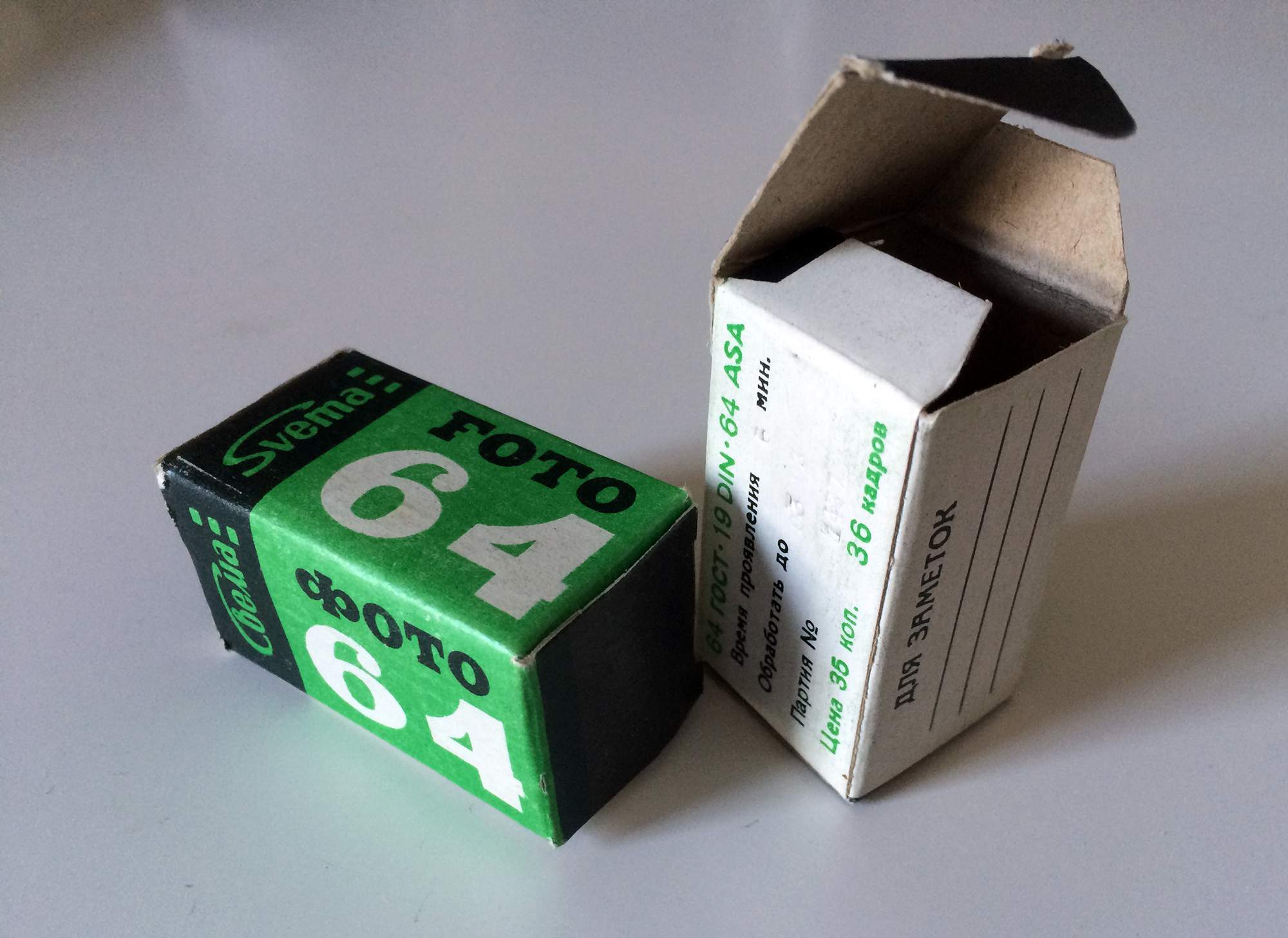
Secondly, developing instructions for Svema films recommends using proper Soviet chemicals. This is a tricky one. Ideally you’d want to keep the amount of expired parts in your equation to a bare minimum. Meaning, if you have expired film, it’s a good idea to develop it with proper chemicals and print on a not expired paper.
London Virtual Reality meetup returns
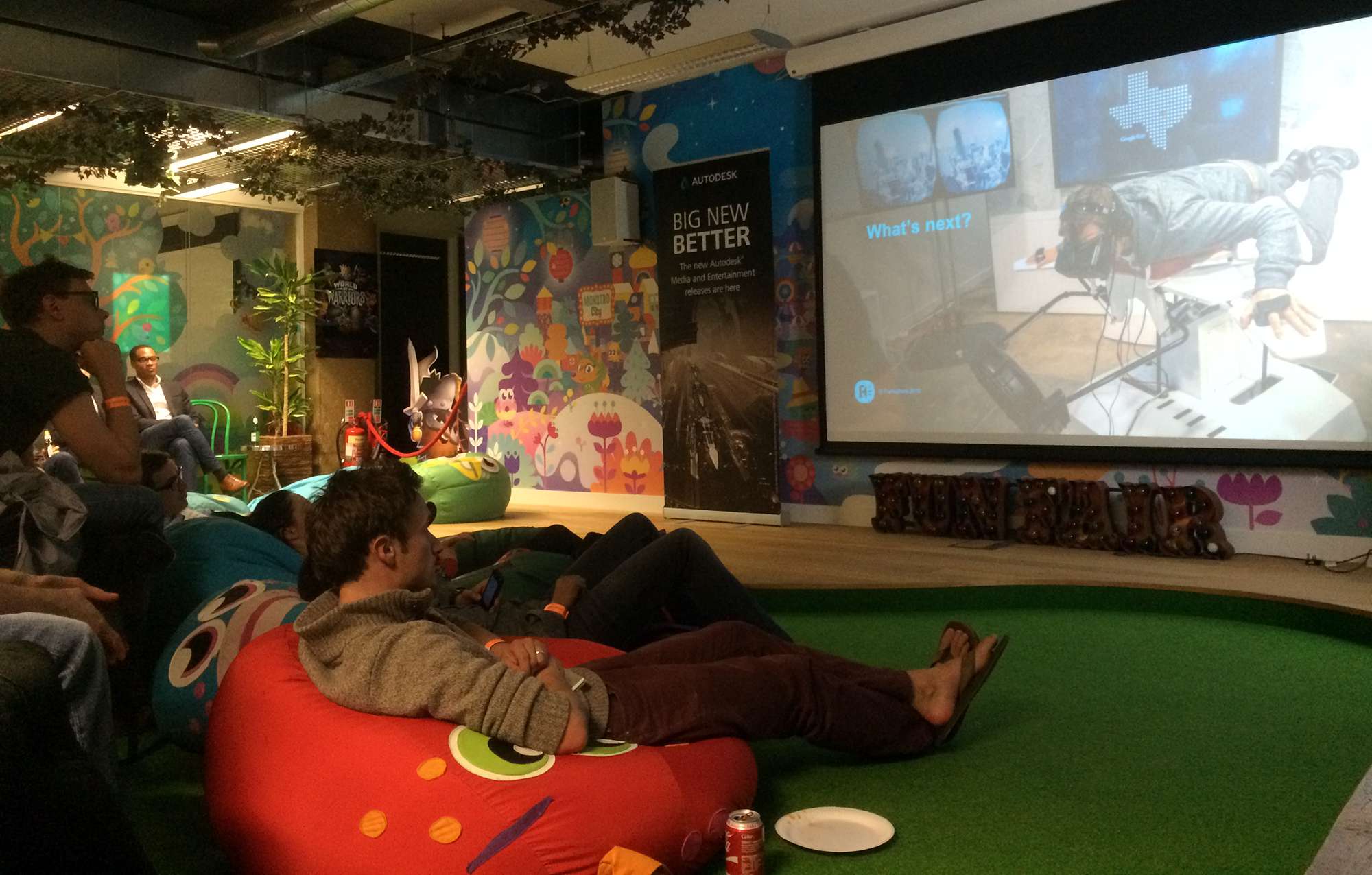
Second VRLO meetup happened last week, and it was a success. More gear, more simulations, heavy weight companies, and highly enthusiastic VR crowds. Mind Candy was once again kind enough to host this madness in their colourful office just a stone throw off the Old Street.
I managed to try quite a few simulations, two of which while being immersed into HTC Vive. So far my VR experience consists of Oculus Rift DK1 and 2, and Vive is a pretty good leap forward in terms of resolution - 1080x1200 per eye as opposed to 1080x960 on DK2.
The Third Floor presented a Vive simulation while also utilising Vive VR controllers - two of them for both hands. Apparently Vive headset is able to track them, which gives you ability to see your virtual hand movements, as well as being able to pick up virtual things and wave them in the air. I literally spent some time just waiving my hands around. Funny moment was that after each session someone had to put the gear on and put all the virtual objects back to their places, ready for next player.
Vive simulation consisted of a ping pong table and a robotic opponent. Simulation would ask you to press buttons with your hands, pick up the racket, and play ping pong. Then you would gain access to a pong gun, which you could shoot at the moving target.
You might never heard of The Third Floor, but they are the guys making previz work for big Hollywood blockbusters. Currently merged with Framestore. Gravity, anyone?
Framestore were present too - they did a talk and were showcasing Avengers simulation on Samsung Gear VR. Which was pretty cool. They are quite serious about VR experiences, and are saying things like “game engine is the king”. Which is very much true.
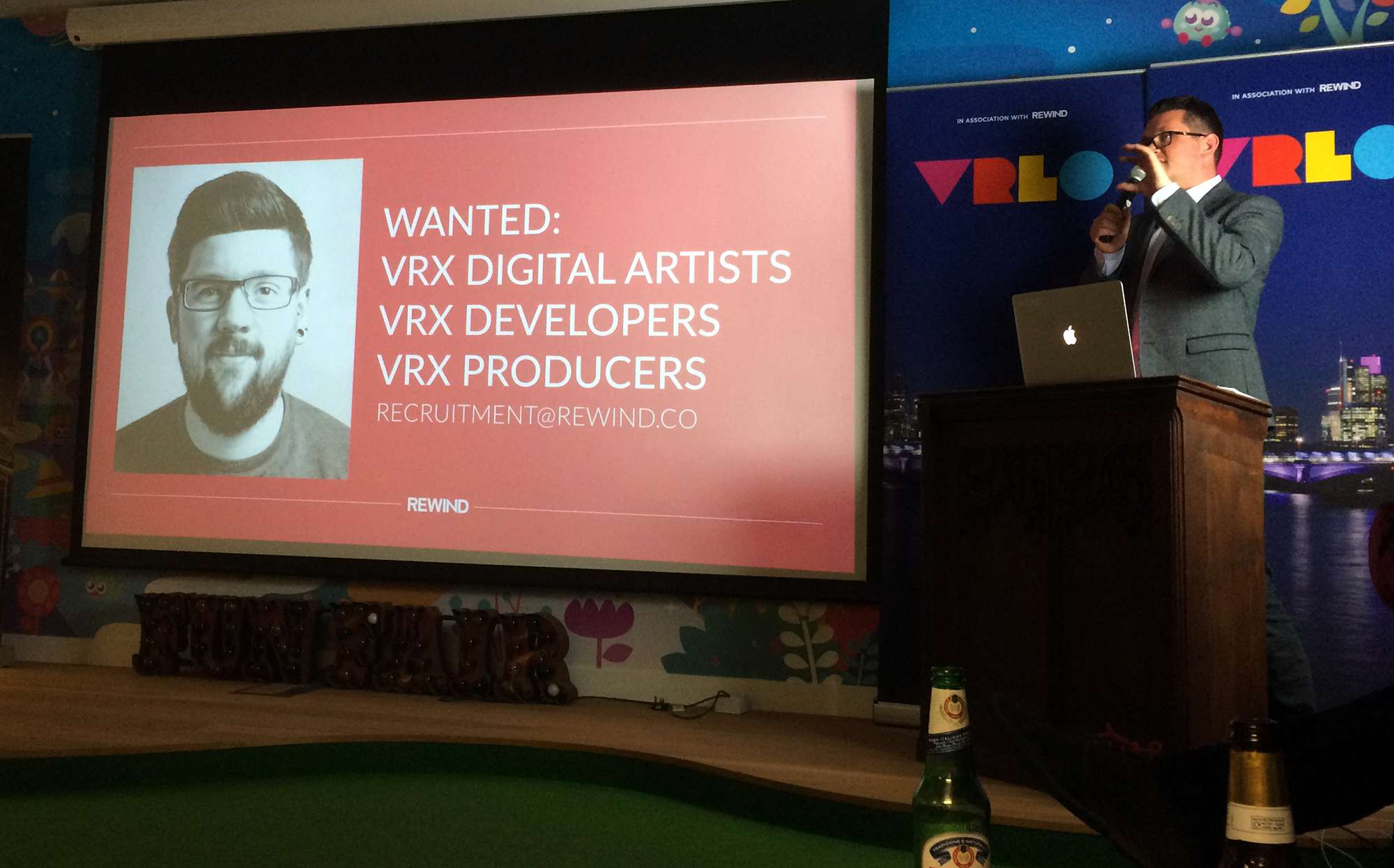
Another big studio was The Mill. They went after an alternative approach to interactive storytelling and presented a short 360 degree film which you could watch on an Android tablet. You’d move the tablet around and reveal more of the film as it envelops you in action. I quite enjoyed it, especially when sound would play a nice part suggesting which way to look.
Interesting development in wearables was presented by a company called Pretender Motion. They would attach a special sleeve to your hand, and then one of them would control movements of your hand. I know, right? One of them would wear a similar kind of gear, and hand movements would trigger some sort of electro magnetic impulses targeted at muscles in my hand. With some strong tingling sensation my hand would start mirroring movements without my personal participation. Not much details on the actual tech behind. They are going to try and target VR games as a physical feedback kind of thing.
Inition presented a something I’d call a correct direction into VR filmmaking. Their simulation was a 360 degree spherical stereoscopic film of a London Philharmonia Orchestra performing a classical piece. You’re standing just in front of the director and are free to look around. They are claiming to produce a consistent stereo depth across the image with little stitching errors. It was pretty good I’d say. Sound was following the image, properly binaural, originally recorded with 8 channels and dummy head.
Also played Crystal Rift while wearing Vive. It gives you a new perspective to dungeon crawlers, and is quite entertaining - especially once you master the controls.
Guys behind VRLO meetup are still full of enthusiasm and I can only expect third meetup coming in some near future.
Last week of British summer
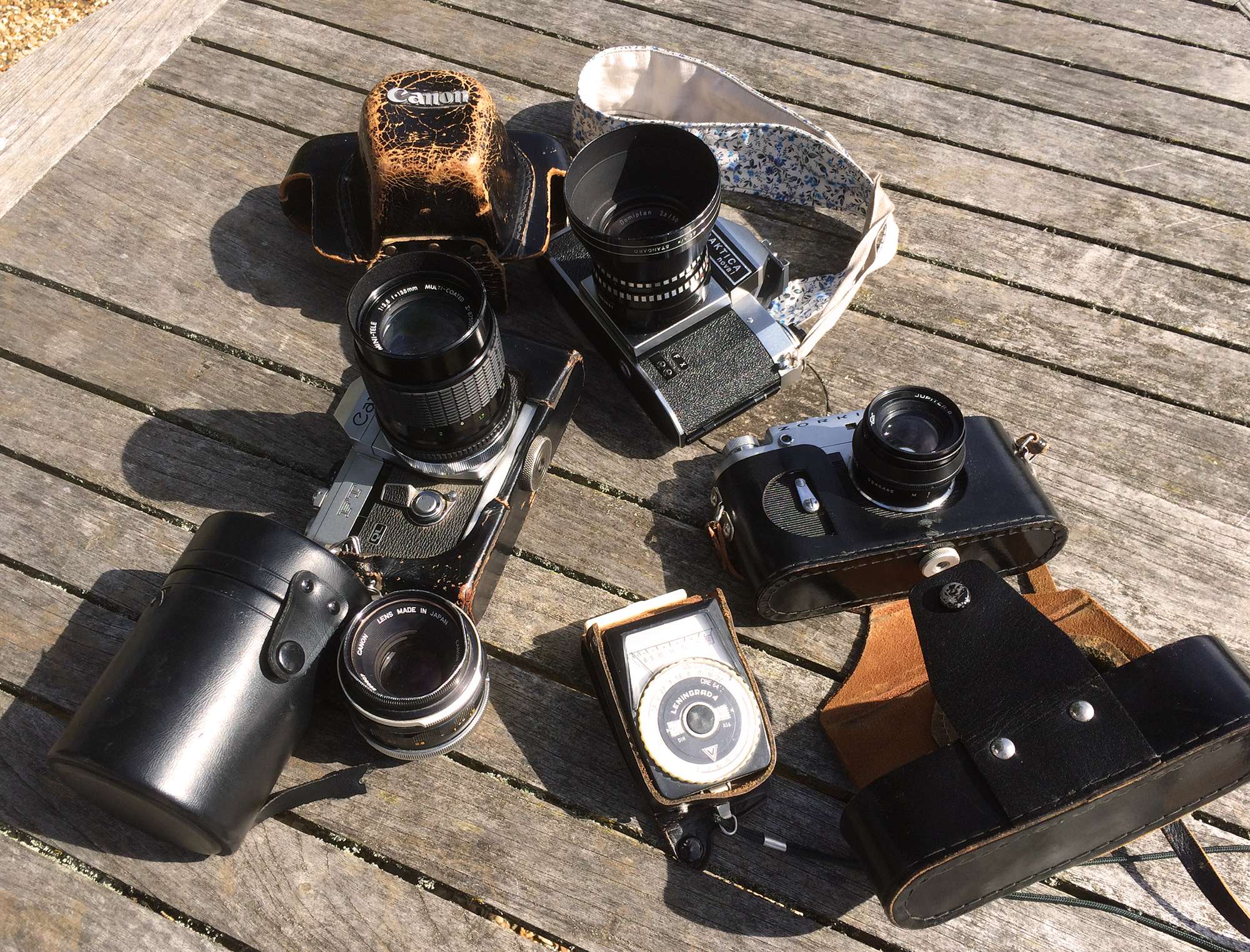
It’s getting rainy in London, and tomorrow is the first day in school for local kids. This is notable since we’re living just next to one. Today is also Late Summer bank holiday, which occurs every last Monday of August for no particular reason.
Radio Badger live broadcast
Our podcast turned 1 year and in honour of this we decided to try something new. Not only we brought a new host on the show, but also last episode was broadcasted live as we were recording it. Edited version will be available this week, while full length live version is available right now.
In addition to everything, Roisi was attending the live cast remotely. If you think about it for a second, it is quite a complex setup - at least for amateurs like us. We had 5 hosts in total, one of them remotely, 3 microphones in our shed studio with 4 more hosts, while at the same time broadcasting everything to the rest of the world. Our USB audio interface is also experiencing an old OSX bug when it would suddenly start generating lots of static noise - which means you have to monitor constantly what is actually being recorded.
Couple of tools that made everything possible: Audio Hijack and Google Hangouts.
Audio Hijack is an (expensive) but brilliant piece of software. It is node base interface for building your flows of sounds inside of your Mac. It understands multichannel USB interfaces. You can ask it to do things like “get sound from Chrome, record it in lossless format, display level meter and also mix it with the rest of sounds before you feed everything into my headphones”. Super intuitive, with lots of built-in tools. I think this is time to finally move on from Garage Band, which we were still using for recording. It’s fine for simple recording, but not great for fine control.
Google Hangouts on Air is almost universally recommended tool for live casting - be it video or audio only. Free, no limitations concerning length of the broadcast, with good tools for getting other people online. This way we get Roisi as our remote host online, while I was still recording everyone as separate channels for later editing.
Full setup looked something like this.
Relay, GraphQL, CSS modules and PostCSS talk
Me and @albert_still were busy for the past couple of weeks building our Relay based app for Red Badger. It’s been quite a dream project so far, since we were able to pick all the newest tech on our way. Our stack so far includes Node, React, Relay with GraphQL schema, CSS modules and PostCSS, all wrapped in Webpack. We’re building something that will eventually replace current company pages, and blog. Latter is our current priority, and once it works properly there’s good chance it will replace our current Wordpress setup.
Last Friday we did a talk on our progress, which is also available online. A bit of audio issues in the beginning, which you can skip. There is a good intro to Relay, why you might need it, frustration points and moments of joy. It is indeed a missing piece in the whole React / GraphQL stack, and chances are that we’ll be moving away from REST into something more flexible, learnable, adaptable. Something like GraphQL enabled endpoints. A technology we all deserve.
Cambridge
Did a day trip to Cambridge this weekend, with Stanisla and friends. Train to Cambridge takes off in Kings Cross station, and rushes with incredible speed to this small university town. Both times it was a direct train with no other stops, and it took about 50 min to reach our destination.
General hint about crowded destinations - find a botanical garden. For a modest fee you get lots of space and very little other people.
Our camera stack was fairly impressive - 3 film cameras, 4 iPhones and 1 digital mirrorless. Cambridge is a perfect photo destination, with ancient buildings, trees, churches and college buildings. I could easily spend another day there and just walk around the old town with a cup of coffee and slice of apple pie.
Will eventually post some film prints here.
Radio Badger anniversary
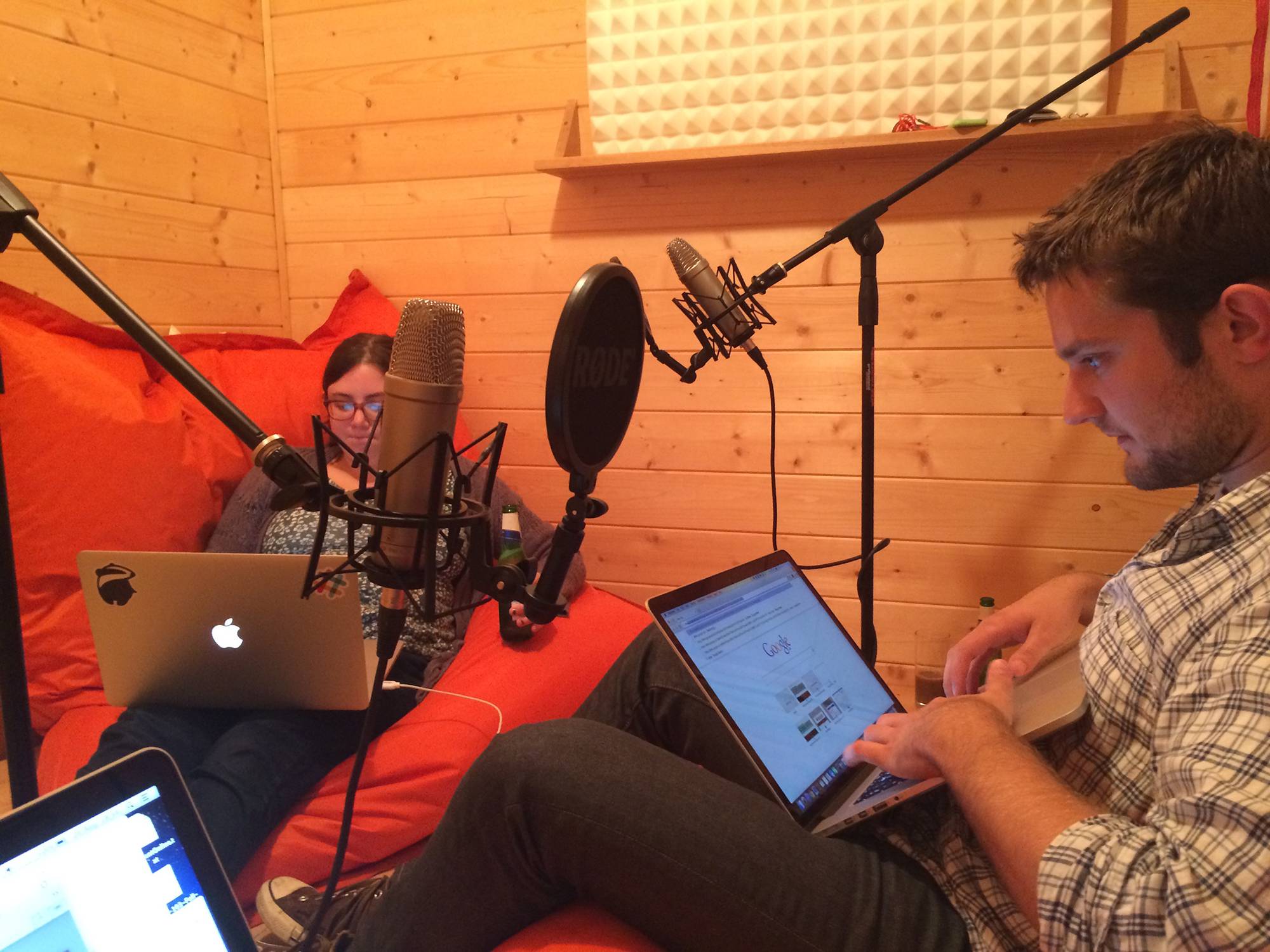
It’s been a whole year now since me, Roisi and Robbie started a podcast titled Red Badger Don’t Care. Since then 21 episode of our show was recorded, edited and released into the world. It is something none of us done before, but I think we all loved listening to other podcasts and dreamed about one day making our own.
I’m going to put a randomly organised list of thoughts on what I learned during this year of making.
- The most important thing is that everyone is having fun in process. Recording and editing must be a reward in itself. And almost always it is.
- Listeners count is heavily dependent on the topic of a given episode. This seems to be the case also for seasoned podcasts like Tim Ferris show. It also depends how well given episode is advertised. Nothing new here.
- iTunes is the platform for podcasts. It is horrible, clunky, but everyone are stuck with it. It will not host your episodes - instead you have to provide iTunes compatible RSS feed with links to your mp3 files, hosted on your server.
- It’s great having guests on the show. After 10 episodes with the same hosts you get into certain template of doing things. Templating is great, but you need unexpected things happening in order to maintain energy and fun.
- This is a bit opinionated, but I believe it’s ok having podcasts going over 1 hour as long as content is good. Listeners are free to stop listening at any point, or skip things. That’s what I do. You are not under obligation to finish listening every single episode of what you’re subscribed to.
- Having guests over Skype requires careful planning and good internet channel. It will also require good editing skills for the post production.
- GarageBand is ok for recording multichannel audio. It is horrible however for editing actual podcast. I’m using Audition, and mostly happy with it. For good mp3 packing there is no better tool than Lame.
- In many ways hosting podcasting can have therapeutical effect. You’re talking about topics you truly care about, with clever co-hosts who will help you advance this topic. In the age of Twitter when every conversation on a given topic usually lasts few seconds, podcast gives you unique opportunity for a proper conversation.
- Usually we spend 2 hours on recording and then I spend about 4 hours more on editing and posting.
- There’s plenty of Creative Commons music on SoundCloud which you can use in your episodes and not break any copyrights. They have handy filters to find fresh good stuff.
- There is a secret to having fun while editing podcast - have a week of cool down between recording and editing. This will inevitably make some topics less relevant.
- It’s important to learn how to shut up while other person talking
- 3 hosts is the most optimal number for a show. It’s a good idea however to have extra hosts to rotate and swap if someone won’t make to recording.
- Personal cardioid mics significantly increase sound quality
- Always monitor while recording. Like, with headphones. On one occasion an old ongoing issue with MacOS destroyed a whole episode of recording. Waveform looked fine, no overloads or any other visual sign of heavy noise, which was there all the time.
- Most of your friends will not listen to your podcast. That’s ok. I think my mom would listen, but she doesn’t speak English.
- Cursing is ok. Topics on religion and politics should be avoided in general.
- Hosting a podcast is a great start for public talking. It’s ok to fail and try multiple times, since everything will be edited later. You can even come completely unprepared and still have a part in conversation.
- This will change the way you listen to other podcasts.
For the next episode we're going to try livecasting. Tune in this Tuesday evening.